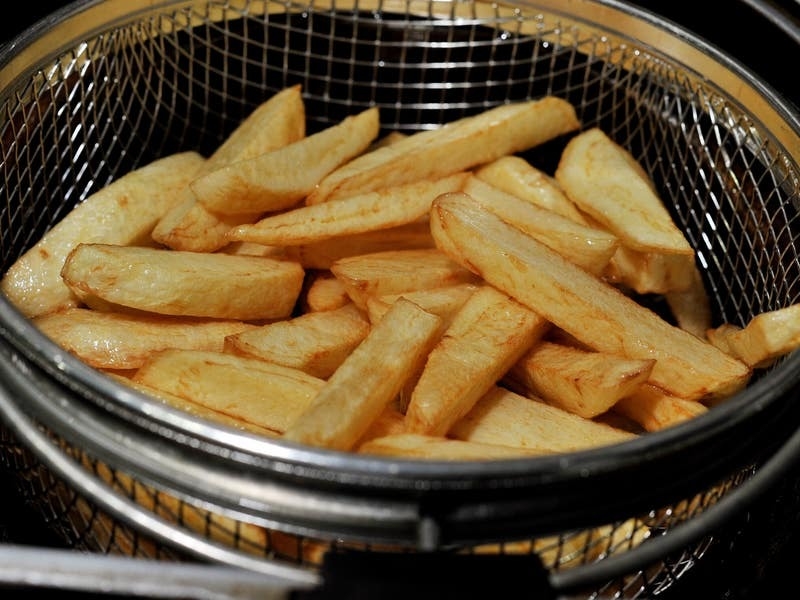According to figures contained in the Agricultural Statistics report for 2016, released by Economic Development, in 2012, 37,004 vergées of land were classified ‘in agricultural use’. By 2016 that total had fallen to 33,313 vergées.
The president of the Jersey Farmers Union, Peter Le Maistre, says the figures are a cause for concern. ‘What is worrying in the report is that we are still seeing a loss of agricultural land,’ he said. ‘The area of land farmed in Jersey fell from around 37,000 vergées in 2012 to 33.313 in 2016, and that amounts to about ten percent. That is the statistic that sticks out for me in the report.’
The report shows that the exported tonnage of Jersey Royal potatoes remained stable between 2006 and 2016 while the gross return per tonne of the crop increased by 33 per cent (£250 per tonne).
Over the same period the total value of all crops exported by Island farmers fell from £53,300,353 to £42,322,137.
The figures for outdoor vegetable and fruit production are mixed over the five years between 2012 and 2016: parsley production fell from 26 vergées to four, main crop potatoes rose from 627 vergées to 794 vergées, the area given to growing onions went up from 25 vergées to 82 vergées and 21 more vergées were given over to producing carrots.
When it comes to the dairy sector the total number of milking cows fell from 5,152 in 2012 to 4,939 in 2016, while milk production increased from 12,613,000 litres in 2012 to 13,909,000.
The report says the ongoing reduction in the head of cattle is due to a range of factors, including a reduction in the number of dairy farms in Jersey, where increased production has been driven by the importation of semen from pedigree Jersey bulls – mostly in North America – since the lifting of the centuries old ban in 2008. Since then the local breed has been refined to improve milk yield.
Economic Development Minister Lyndon Farnham says for the first time the report has been compiled using a new online method which allows department officers to streamline the statistical information it gathers and to make comparisons over longer, ten-year periods.
‘Much effort has been made this year to transform the way in which these statistics are collected, which will make the publication of the 2017 report a far more productive exercise,’ he said.
‘The report provides a valuable snapshot of the industry and allows us to see areas of good performance, as well as those sectors, such as organic production, where improvements can be made.’






